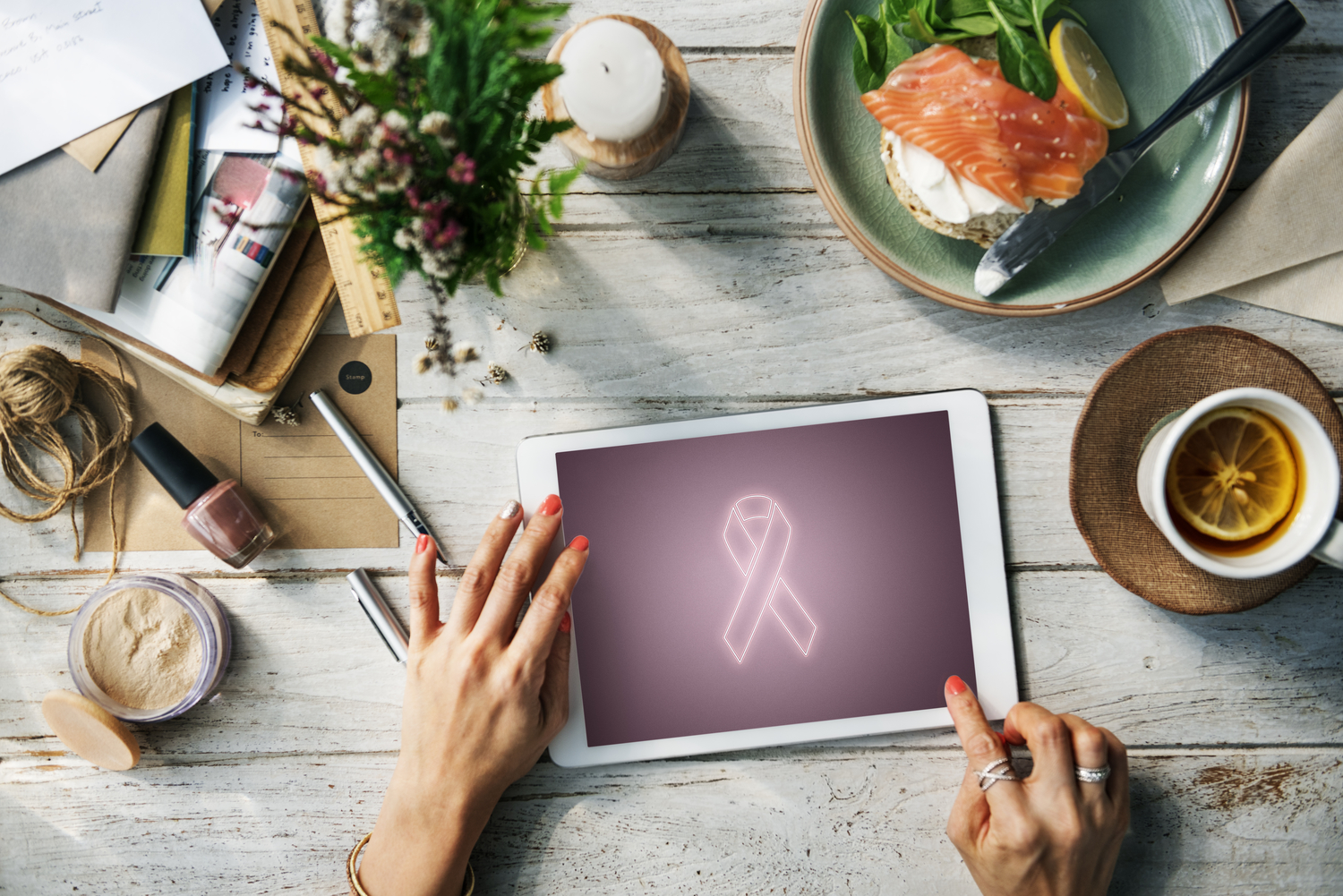
Symptoms of Breast Cancer
Cancer occurs due to genetic changes in the cells that regulate growth. As a result, cancerous cells cannot stop dividing and growing, causing a lump known as a tumor. Breast cancer is a mutation that develops in breast cells. It mostly affects the lobules, a part that produces milk, and the ducts act as a pathway for milk to the nipples of the breast. Additionally, cancer can form in the connective tissues within the breast.
According to the Center for Disease Control (CDC), breast cancer is the second most common cancer diagnosis among women after skin cancer. It affects both men and women but is highly prevalent in women. Research studies have indicated genetic history, environmental factors, hormonal changes, radiation exposure, old age, and unhealthy lifestyle habits as the common risk factors for breast cancer. Early symptoms of breast cancer differ with the level of cancer infection. Nevertheless, there are common early symptoms, as highlighted below:
1. A lump in the breast or armpit
A lump or mass occurs due to the unstoppable cell growth and division in cancerous cells. As a result, they become excessive, leading to the formation of a mass or tumor. Breast cancer causes changes in the skin of patients. Many breast patients experience the formation of a lump in their breasts or the surrounding areas. In some cases, you may hardly notice the changes. The lump varies from hard, soft, painful, painless, immobile, and easily movable, depending on the location.
2. Thickening or swelling of part of the breast
According to the National Breast Cancer Foundation, many breast cancer patients report swelling in an area around the breast. You may not immediately notice a lump after the swelling. However, you will notice changes in the size of the breast. The affected breast will mostly be bigger than the other. While some individuals may have breasts that are not of similar size, it is easier to notice swelling since it alters the breast’s normal size. Moreover, the skin might feel tighter than usual.
3. Irritation or dimpling of the skin
Skin irritation and dimpling is usually common with inflammatory breast cancer, an aggressive type of breast cancer. Breast cancer causes the build-up of lymph fluid in the breast lobules leading to swelling and dimpling of the skin. Individuals who notice dimpling and skin irritation are advised to seek medical attention for early diagnosis.
4. Pulling in of the nipples
As indicated, breast cancer mostly affects the ducts that act as a milk pathway to the nipples. Thus, the disorder causes cell changes in the nipple. You may experience changes in the size of the nipple, inverting or reversing inwards into the breast. Changes are visible during the menstrual cycle and ovulation. Individuals are advised to seek medical attention when they discover such changes.
5. Red or painful nipples
People with the disorder may experience changes in parts of the breast, especially the nipple. It may change color to red or purple and is accompanied by pain. Some patients describe the pain as a ‘burning sensation.’
6. Nipple discharge or blood
Patients may notice a discharge from the nipple, which may be thick and can range in color. In some cases, the discharge is usually blood. While several factors may lead to nipple discharge, it is crucial to seek medical attention for early diagnosis.
There are several treatment options for breast cancer. Early diagnosis of the disorder may contain the symptoms. Thus, observing the highlighted early symptoms helps in early diagnosis.



